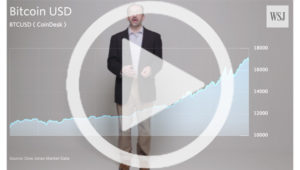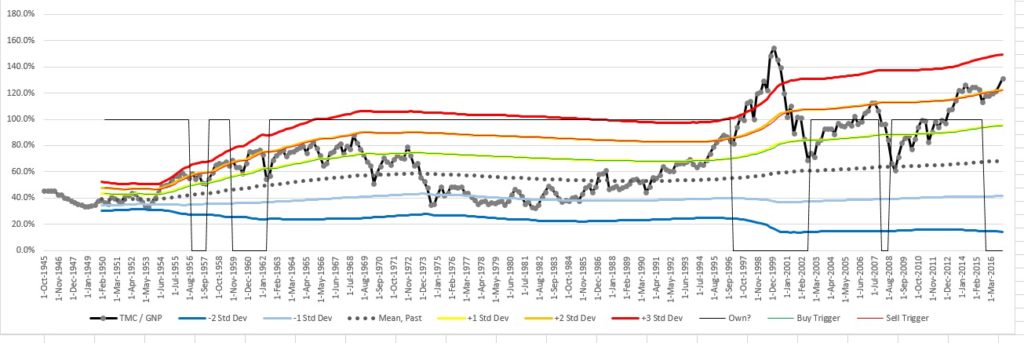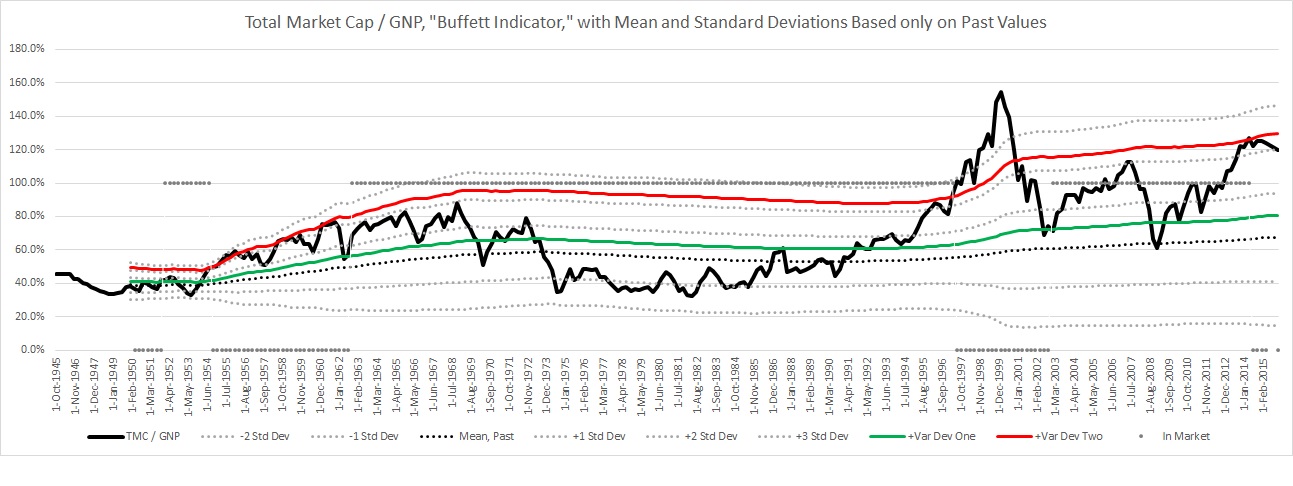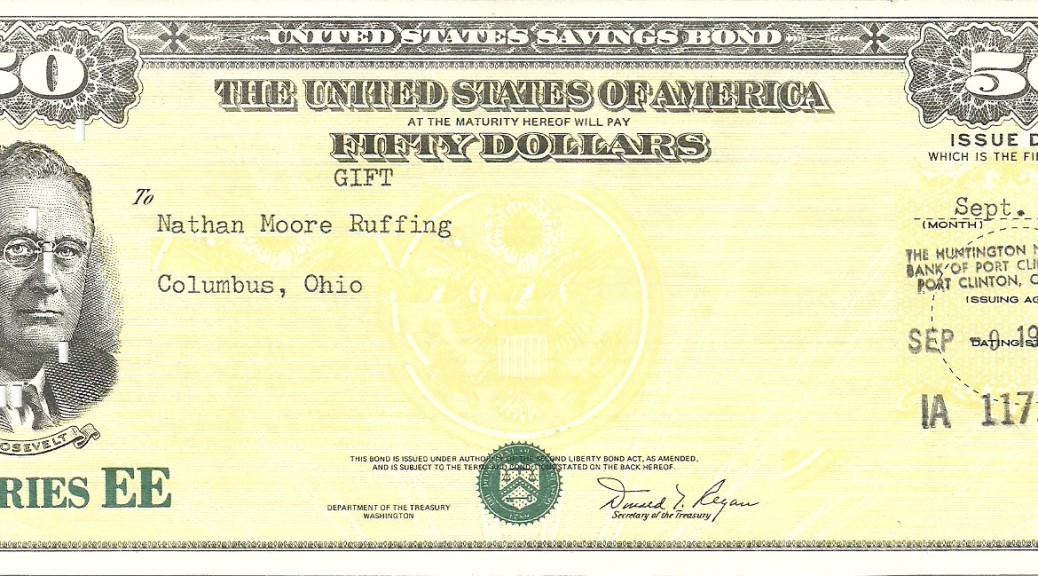Bio-Weapon?
Update 8 Feb 2021. Binary poison by antibody-dependent enhancement? (ADE) Genetic immune boost (all of the “vaccines” are RNA-based, which is genetic) can be tailored to make a person’s immune system repel a virus or let it in. If you know the immune boost genetic code, you can tailor a virus that is lethal to specific injections. This would explain the motive for pushing the genetic immune boost so hard, or at least muddy the waters of motive. If you release a virus that justifies genetic injections, the long-term bio-war implications of people opening their bodies to RNA are immense.
Motive? While I believe the CCP would do this if they thought it was in their best interest – including to their own people – I do not believe Xi Jinping reached the conclusion in mid-2019 that their best course of action was to gamble and release a virus that threatens the very core of cities, of which China has the most in the world.
Previous Natural Occurrences? A bio-weapon virus would more likely be completely new. It doesn’t explain the previous related novel coronaviruses, one of which started in the Middle East (MERS). Maybe you’ll say of course they would release a natural virus in order to prevent suspicion – OK they take that measure to prevent suspicion, but choose to release it in the same city as the lab? Does not line up.
Accidental Leak from the Wuhan Virus Lab?
The director of the Wuhan lab herself considered this possibility, so it is absolutely reasonable to consider. China did not really conduct an investigation. It is indeed an enormous coincidence that the lab is in Wuhan and everything lines up that it could have leaked. It would not be the first lab leak in history. However, I personally believe in this case it is still more likely it happened naturally like the other two coronavirus epidemics.
The Wuhan Virology Lab, even if just a coincidence, is part of the coronavirus story, see below:
Osterholm asked directly about it by Joe Rogan, click here.
What a BSL-4 lab is, Wuhan is only one in China
1977 Russian flu very likely accidental release from Soviet lab, see Chapter 10 of this book, Deadliest Enemy
1977 Russian flu, see Wikipedia article
1978 Smallpox Outbreak in UK from lab leak
1989 Reston, Virginia laboratory monkey Ebola scare book
2015, Wuhan Virology Lab inaugurated
2017 SARS Virus in Bats by Wuhan Virology Lab Director Zhengli Shi and others
Current: Wuhan Virology Lab Website
Current: Zhengli Shi is the lab director
3 Feb 2020 paper (quickly) says bat origin, lab director Zhengli Shi one of authors
2020, according to this article we are taking the lab director’s word that the virus doesn’t match anything her lab studied. Case closed? Really? This is why people continue to believe it was the lab. We know lab releases have happened before. We know China lies and covers up when necessary.
This is a much better explanation, which, after several months now, I have yet to hear a good challenge.
The CCP knew the lab was going to be a PR nightmare and so probably delayed informing the world about the virus even more than they otherwise would have. The existence of the lab certainly influenced the CCP reaction.
With the amount of asymptomatic spread before being noticed, I am not even convinced 100% it actually started in Wuhan. Wuhan very possibly was just the first place it concentrated enough for the CCP to react.













